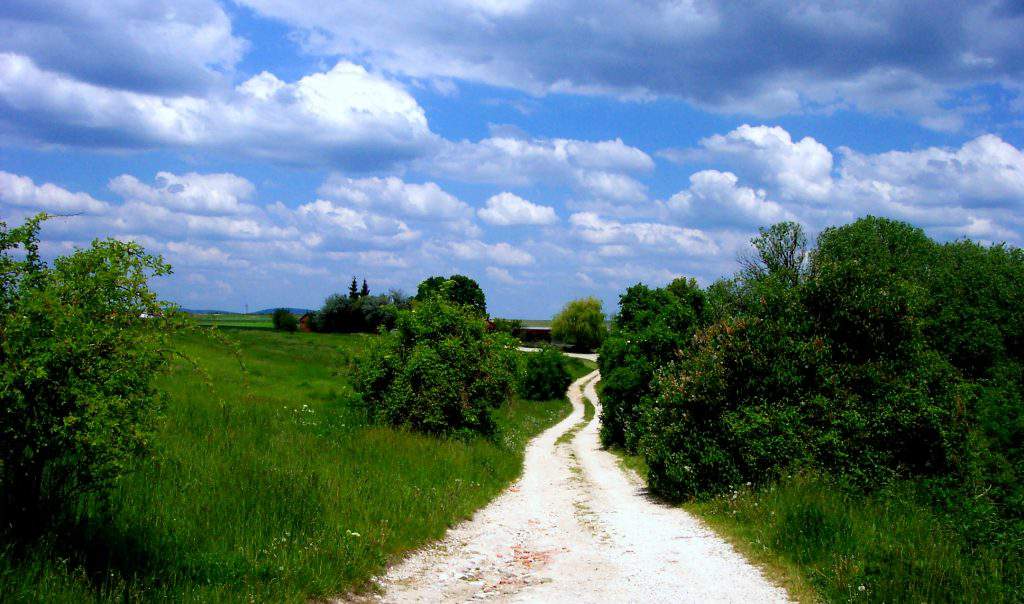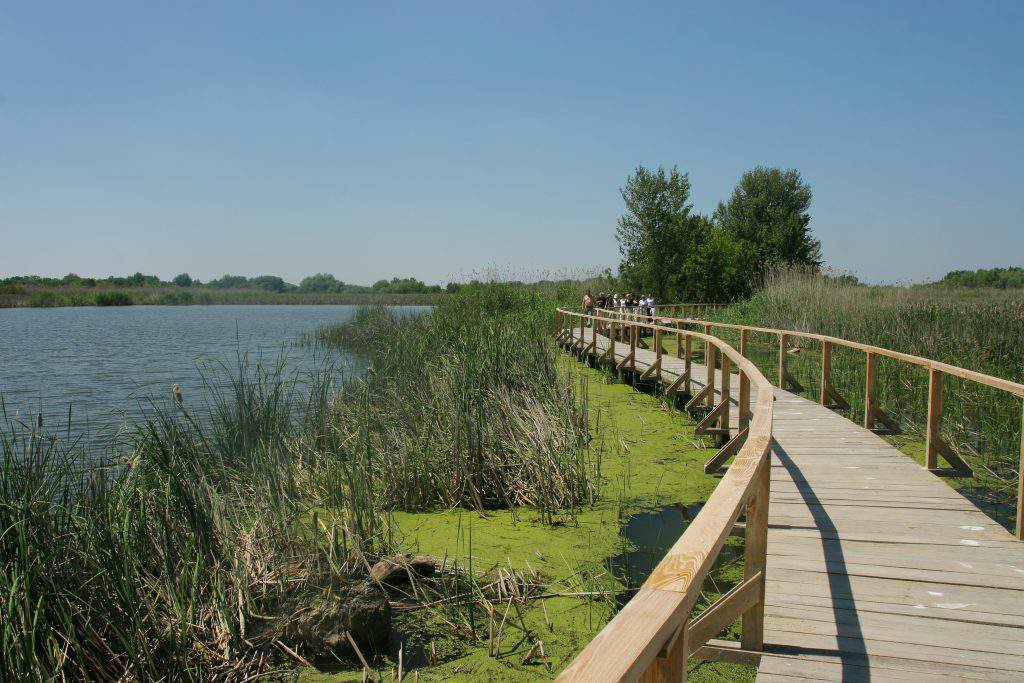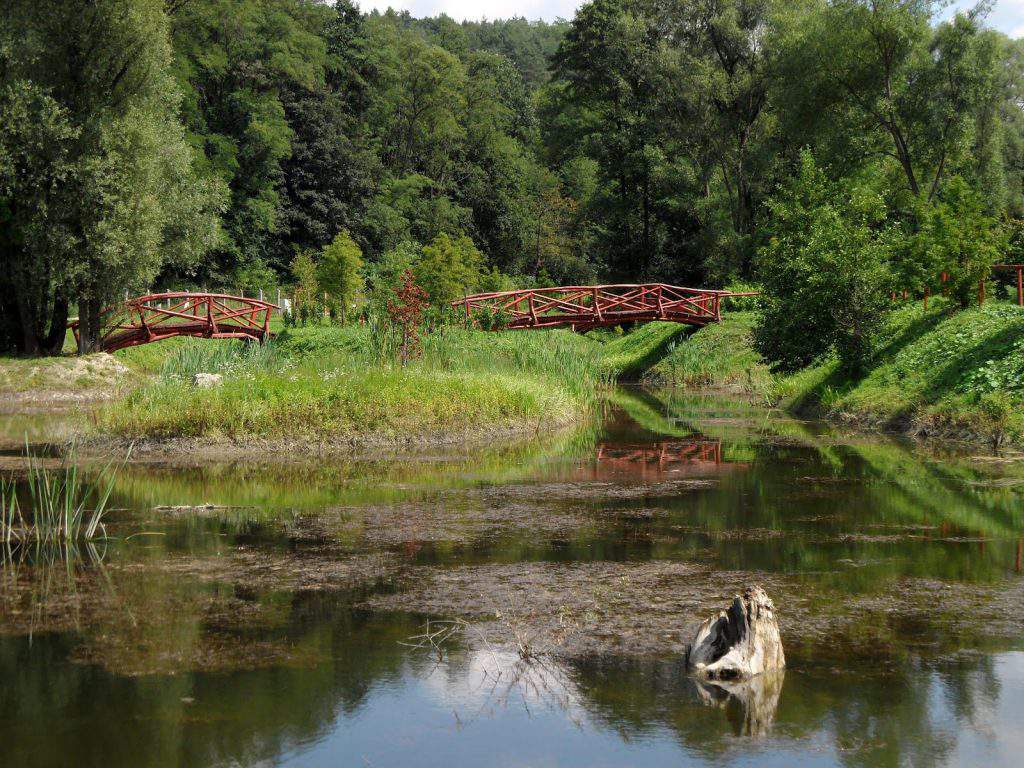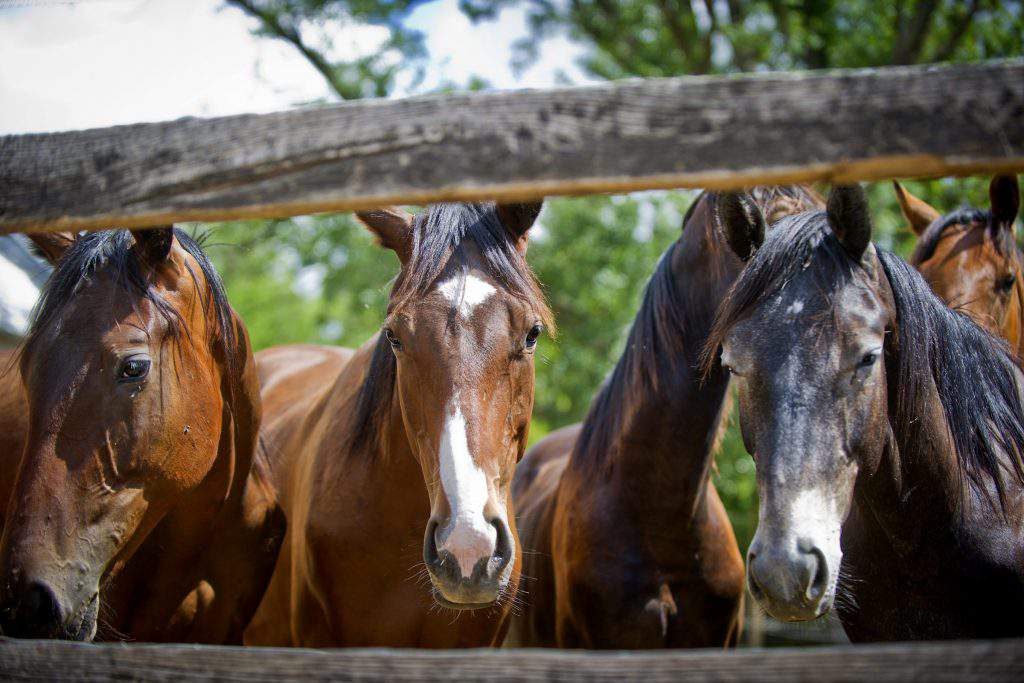Five Hidden Treasures of Hungary

One-day excursions from Budapest to places you may not have heard about. According to Tropical Magazin, here are some very interesting destinations that show how much more Hungary is than is obvious at first sight. They include a Roman villa, an Iron Age burial site, a floodplain resembling the tropics, and even a true (well, almost true), Mars landscape.
BALÁCA
Upper Lake Balaton is a favourite holiday destination for Hungarians today though you probably would not believe that it has a history of thousands of years. The Romans also liked the landscape and the most beautiful and most interesting memorial of their presence is Baláca. Recently, the ruins have undergone major refurbishment and give the impression of a real Roman villa. Just 10 kms from Veszprém, it takes only a slight detour to see something unusual.
There are few villa farms left from the Pannonia of the empirical period; the excavated and conserved ruins of the central buildings of the estate are also exhibited in the Open Air Museum of Szentendre. The ruins of Baláca constitute the largest complex of buildings of this kind discovered in Hungary. Contrary to the modern meaning of the word ‘villa’, its purpose was not holiday or recreational. In the Roman Empire, agricultural production was concentrated mainly on large private estates, known as villa farms. On the basis of the excavations, we know that the Baláca estate centre fulfilled its original function from the 2nd century BC, roughly until the evacuation of the province, at the end of the 4th century. The excavations have brought the foundations of more than 30 buildings to the surface and the nearby Roman cemetery is also connected to the villa.

Due to recent developments, one of the reconstructed farm buildings now includes the Visitor Centre and a stone exhibition has been set up in the former bathhouse. The residential building is very much house-shaped. It was rebuilt from the foundations on the basis of analogy, attempting to support the presentation of the finds. Unlike the Roman dwellings of the time, the interior gets some light through the glass-brick walls but, of course, the windows are not open. Nor were the partition walls of the interior rebuilt (except where they had a special function).
Decorated on the basis of the ancient finds in antique Pannonia, we can almost feel we are in Italy. The frescoes and floor mosaics of representative premises are truly rare in our small country. In the building, we find professional excavation, conservation, reconstruction and installations that conform to current requirements. The former cellar, with its preserved terrazzo floor and storage vessels is as enjoyable as some of the residential rooms furnished with furniture replicas. The fresco is a very clever solution, as a picture of an existing mural on the corridor wall is much more illusory than a hypothetical modern wall painting.

AZAUM
The Roman ‘limes’ (the frontier and the forts serving it) may soon become part of World Heritage. An interesting and less well-known section is just a one-hour drive away from Budapest and offers real relaxation and a Roman experience.
We are in Almásfüzitő or ‘Azaum’ as it was called in Roman times. The fortress was connected to the largest military and civic settlement in the area, located in Nagykolónia. The camp, which opened some years ago, was reconstructed based on contemporary descriptions and the archaeological excavations.
Azaum was an existing Roman fort, a little to the east on the banks of the River Danube. Its outlines are clear in the aerial photographs taken in the ‘40s and, at the end of the ‘70s, it died a heroic death at the hands of large-scale industry. One of the slurry reservoirs of the aluminium oxide factory at Almásfüzitő was built on the banks of the Danube, close to the ruins. Since then we can only guess at what remains of the walls under the red sludge. The camp was constructed for community development and tourism. The documentation of the Hungarian section of the ‘limes’ is in preparation as part of the series of the ‘Frontiers of the Roman Empire’ World Heritage Site nominations. It is a small place, very familiar, clear terrain. For a visit, you should pick a major Roman holiday (for example, the end of spring-early summer ‘Floralia’), because then a Festival of Roman tradition is held within the walls.
Once in the area, do not miss out the Roman Collection of the Klapka György Museum in Komárom. Not only does it have outstanding and spectacular material from Hungary, but also some very valuable finds recovered during the construction activities over recent decades, such as 2nd Century frescoes, sarcophagi and gold jewellery that are also recognized in international scientific circles.
LAKE TISZA
Lake Tisza was born in 1973 with the construction of the Kisköre Power Plant and was completely filled only in the early 90’s. It is only forty years old, hardly in its infancy even by the standards of natural phenomena, though that does not show, at all. It is an ‘ancient’ or even ‘wild’ aquatic world that any natural lake might envy.
Poroszló. One and a half hours from Budapest, so an easy day trip if you need to be home by the evening. The admission fees are not cheap, but they offer programmes for half or even full days for the money. One of the main attractions is the water walkway built on planks leading through the marsh with its abundant aquatic plant life. For me, the most interesting thing was water chestnut, which covers a large area of the water surface. It is protected because this is the only place in Europe where it covers such a large area. It produces an edible crop that can be harvested around this time of the year and used to be eaten in the area of the River Tisza. It tastes like walnut when raw and like chestnut when baked.

The world-standard, Visitor Centre was opened one year ago, with a USD 2.2 billion investment. In the 750,000 m3 underwater aquarium, which is the largest freshwater aquarium in Europe, visitors can observe all the species of fish living the Tisza at close quarters. The ground-floor terraria provide home to grass snakes, snakes and lizards and, in the outdoor area, you may stroke all kinds of animals from goats to golden jackals. The centre also has a (now, almost compulsory) 3D cinema. For families with small children, however, the best and most intriguing attraction is the outdoor rafting playground. Kids can enjoy rafting and being ferried around for hours, while their parents can sit in peace on the surrounding shady benches. The free beach is about 1 minute from the Eco Centre entrance. There are also pedalos for hire and restaurants, offering fresh local fish at reasonable prices.
THE FOSSILS OF TARNÓC
If we think of prehistoric animals, usually the dinosaurs come to mind, so footprints at Ipolytarnóc tend to be referred to as the ‘dino prints’, though that is not what they are.
They are impressions of a much later, but no less interesting, age. Ipolytarnóc is situated on the border with Slovakia and is at least two hours away from Budapest. It is not worth trying to get there by public transport (in theory, there is a train but the railway station is far from the visitor centre), which is not the best testimonial in a heavily underdeveloped micro-region.
The centre itself is excellent and offers the whole family a series of experiences all day long. In addition to the footprints, there is a 3D cinema, a restaurant and an excellent tree-climbing adventure park.

The footprints themselves are the greatest hit, though. The footprint-bearing sandstone, with unparalleled snapshots and traces of prehistoric animals, can be discovered in the mid-section of the geological educational trail. Up until now, on almost 2,000 square metres, some 3,000 footprints of 11 vertebrate animals have been identified and in addition to the footprints of the prehistoric rhinoceri, various species of deer, predatory animals and birds, many other print fossils have been preserved in the mud.
The Ipolytarnóc strata make it one of the richest complex footprint sites in the world. The animals (including our potential favourites the bear dogs and the rhinoceri) were trying to escape from a volcanic eruption and the ash from the eruption preserved their footprints in the soft, sea sand. In the visitor centre, we can re-live the event with sound and light effects.
MEZŐHEGYES
The Hungarian people have a special relationship with the horse. Of course, that is mostly in the past now, as today’s young people and even the elderly are most likely to see a horse in a horse race or a in a zoo. However, there are few better pieces of evidence of the relationship between Hungarians and the horse than Mezőhegyes. That is a small town on the Great Plain, which was established practically around a stud, where the plain and unmarked hospital was for horses and another, separate one, dealt with humans.
The small town’s architecture was bears the signs of the monarchy and it is a bit like being in an alpine holiday town but on the Great Plain. A walk in the area is a pleasure, though it is not possible to complete a trip around Mezőhegyes without visiting the stud.

‘The Imperial and Royal Institute for Horse Breeding’ was founded by Emperor Joseph II on December 20, 1784, thus creating the first state stud in Hungary and the Monarchy. The stud is our unique treasure and was a determining force in horse breeding in Hungary and the Carpathian Basin.
Its unique, centuries-old building complexes, outstanding agrarian architectural mementos, the forests that break up the characteristic landscape of the Great Plain and the unusual tree species in the parks of the town, give Mezőhegyes a unique microclimate with a traditional atmosphere.

The outstanding importance of the Mezőhegyes Stud is unquestionable, as is that of the three Hungarian horses bred there in the 1800s: ‘Nonius’, ‘Furioso-North Star’ (Mezőhegyes half-breed) and ‘Gidran’. Nonius was the first internationally acknowledged and well-known Hungarian horse and is still the greatest pride of Mezőhegyes.
As a result of the sport-horse breeding operation begun in 1961, the Hungarian team finished in fourth place at the 1980 Moscow Olympics, where all three horses of equestrian team were bred in Mezőhegyes. The visit cannot be complete without a carriage ride, naturally, drawn by local horses and a visit the stud and centre of the estate.
If you would like to read more interesting articles on Tropical Magazine, please click HERE
Source: by Tamás SZŰCS/Tropical Magazine






